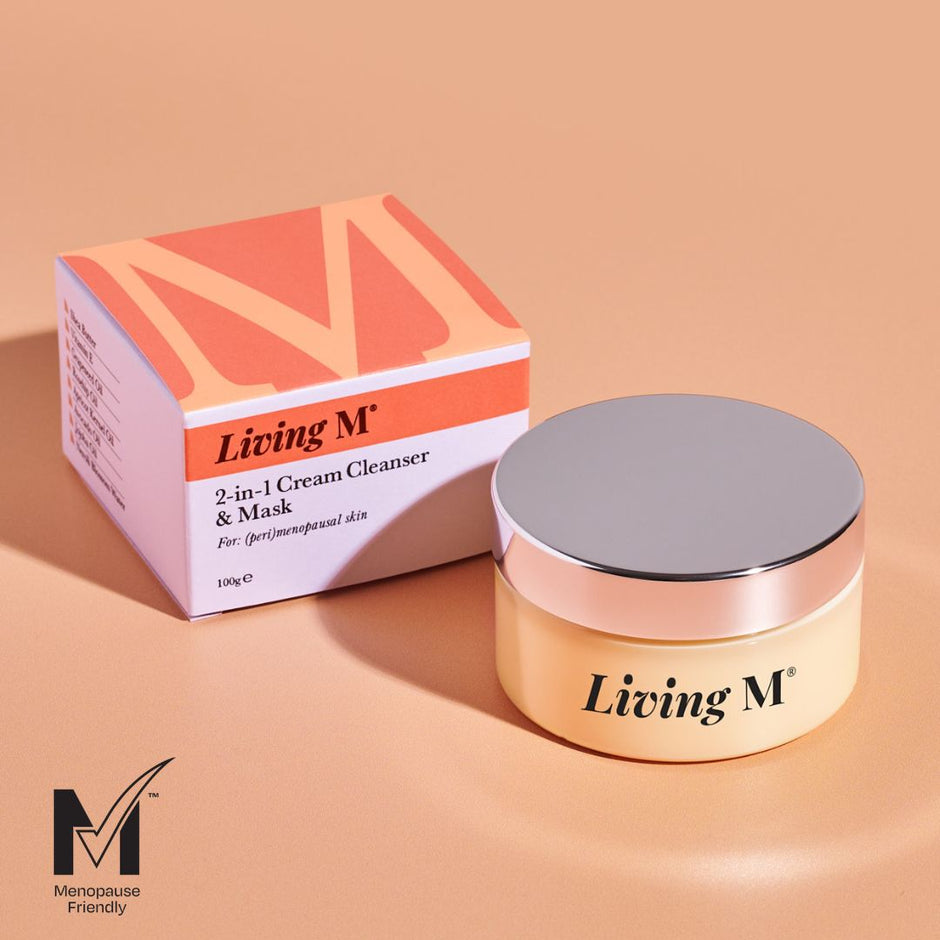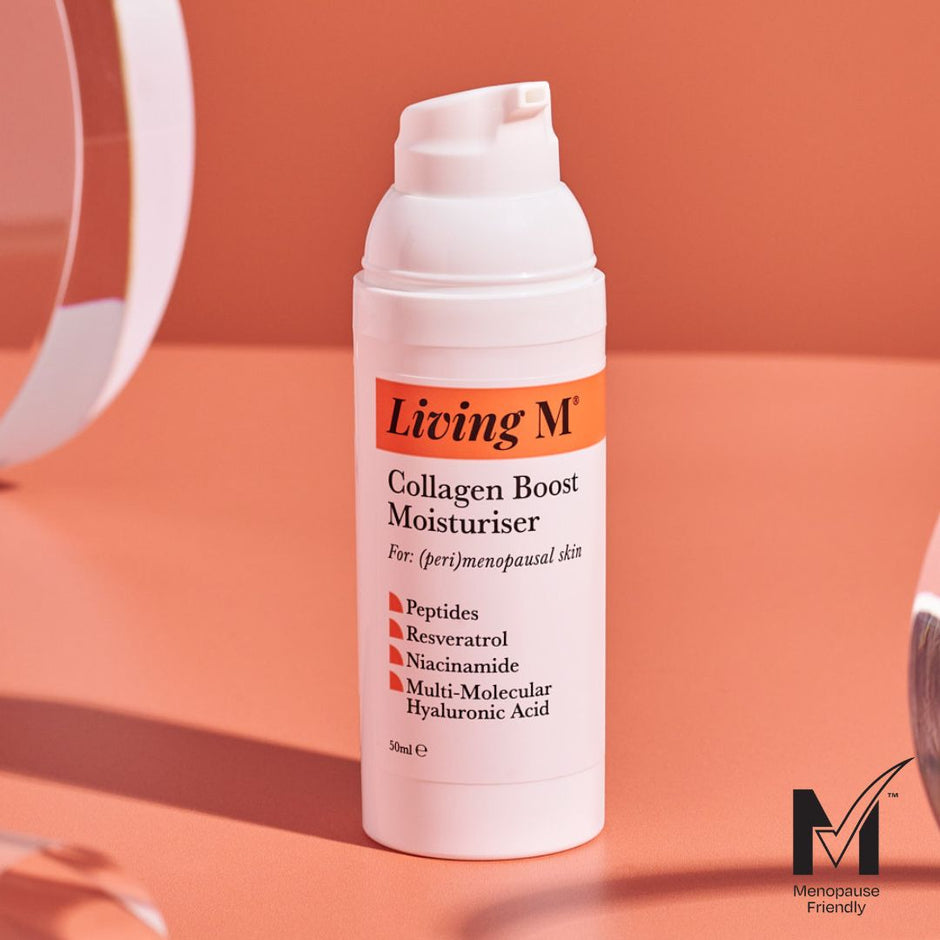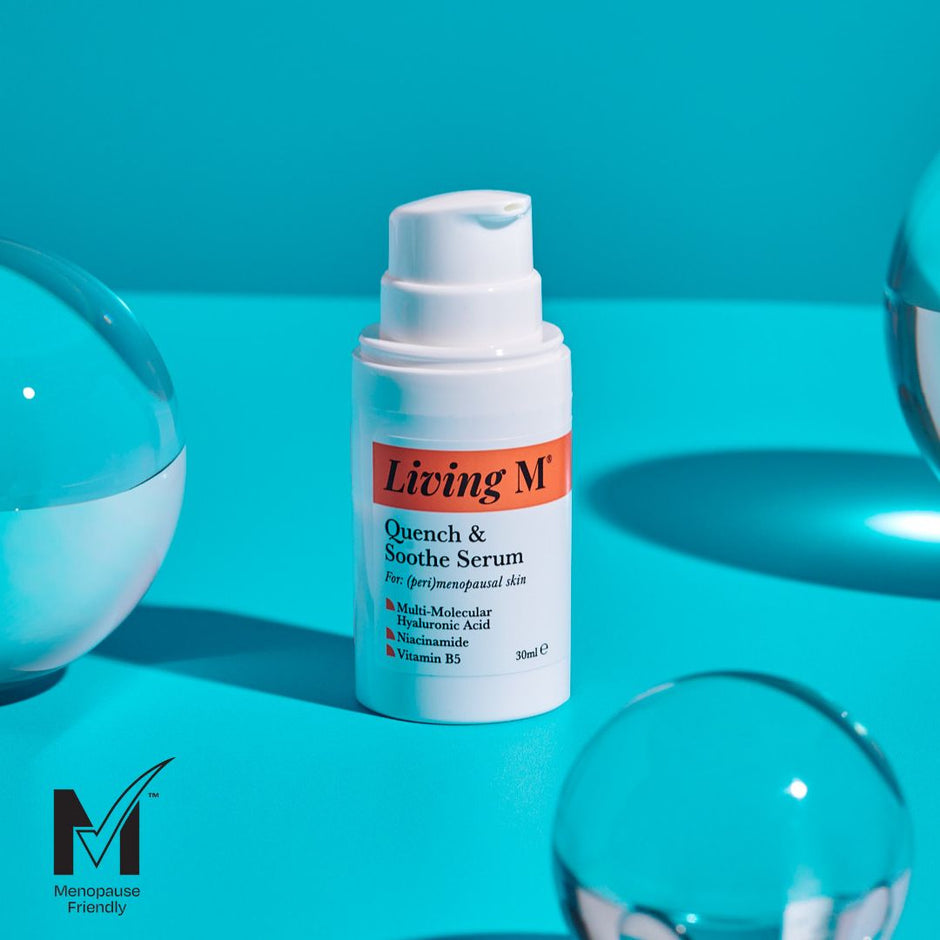I hit perimenopause in my late 40’s and my skin really started to change. As my hormones fluctuated, so did the condition of my skin – dryness, sensitivity, hyperpigmentation, breakouts - but for me the worst part was the loss of radiance. I literally felt like I lost my glow overnight. Nothing seemed to help brighten my skin until I started using retinol. For so many women it’s the missing piece of the skincare puzzle and it’s well known for its ability to transform your skin. It’s the gold standard skincare ingredient for ageing well and there is no other skincare ingredient I have used that has had such a dramatic effect on the condition of my skin.
What is retinol?
There are so many different types of retinol – different strengths, different types - it can be so confusing. Basically, retinol is an umbrella term for compounds derived from vitamin A. These are officially called “retinoids”. Retinol works in both the outer layer (epidermis) and inner level (dermis) of the skin. It increases the thickness of both layers by increasing cell turnover and -stimulating collagen production – crucial for great-looking healthy skin in midlife as I discovered.
The benefits of retinol for midlife skin
Collagen levels decline as we go through menopause – a scary sounding 30% of collagen in lost in the first five years of menopause. The effect on your skin can be dramatic as I experienced. Not only did my skin look duller and less radiant than before but the texture had changed too – it was less even and smooth to touch. I also saw hyperpigmentation starting to appear for the first time.
After using retinol for 8 weeks my skin had regained its radiance and bounce, it just looked fresher. The fine lines I has developed were less pronounced and the sunspots on my cheeks were also less obvious. I knew the retinol was working when I started to get compliments on my skin which has been getting me down for so long. It’s not just me though retinol is one of the most effective skincare ingredients there is with proven benefits for midlife skin.
- reduction in fine lines and wrinkles (we prefer to call them laughter lines)
- speeds up skin cell renewal
- reduces hyperpigmentation
- gently resurfaces skin
- unclogs pores
- boosts collagen production
How to incorporate retinol into your routine
Choosing the right retinol is key
When we launched Living M creating the perfect retinol for midlife skin was top of our list. Not all retinol products are designed with menopausal skin in mind, and we wanted a retinol that delivered maximum results with minimum risk of irritation. It’s well known that retinol side effects include dryness, redness, flaking and peeling during the early stages of use so developing the right formula was key.
SUPER A RETINOL SLEEP CREAM has been formulated especially for menopausal skin to enjoy all the benefits of retinol whilst minimising the risk of skin sensitivity. Firstly, we have chosen to use an encapsulated retinol which is released gradually as you sleep. Time release technology reduces the risk of irritation often experienced with retinol use and it penetrate skin cells at a lower level for more noticeable results over time. Nourishing ceramides and multi-molecular hyaluronic acid work to strengthen skin’s natural barrier and deliver deep replenishing hydration to keep your skin looking dewy and radiant while the retinol gets to work.
Our cream formulation with nourishing added ingredients also means you don’t need to buffer your retinol product because we’ve already done it for you. “Buffering” is when you mix retinol with your regular moisturiser to reduce the risk of irritation and dryness, a problem with products not developed specially for menopausal skin
Start low and slow
If you are new to retinol, it’s important to start slow and build up gradually. You should only use retinol in the evenings and build up your tolerance gradually. For the first two weeks use one to two times a week on non-consecutive days watching carefully for signs of irritation. Apply to clean, dry skin after cleansing. If your skin is comfortable after a fortnight, you can then start to slowly increase usage over the next two weeks building gradually to use every other night. If you start to see signs of irritation, scale back your usage a bit until your skin resets. If you are using retinol you need to be using SPF 50 every morning even in winter and even when the sun isn’t shining. Retinol makes your skin more sensitive to sunlight and sunlight can make retinol less effective.
How long does it take to see results with retinol?
Around 8 weeks. Retinol works with your cellular renewal cycle – in your 20’s this takes 28 days, in your 40’s this has slowed to around 45 days and in your 50’s. where I am, skin cells can take 50+ days to renew. So, stick with it like I did, follow the retinol rules for usage and watch your skin be transformed.




